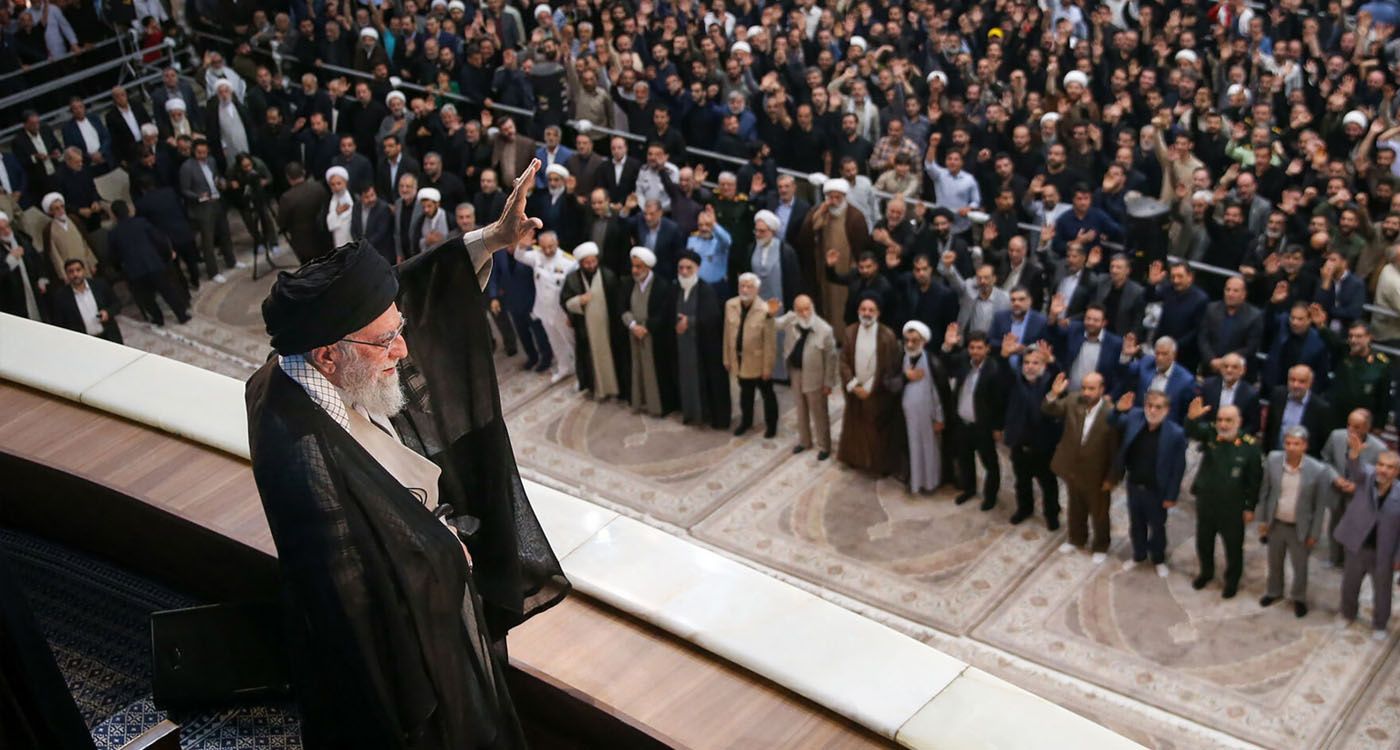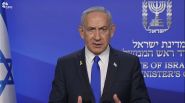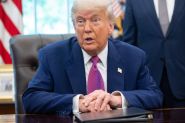
Since assuming office, US President Donald Trump made Iran’s nuclear ambitions a central focus of his foreign policy. Oscillating between threats and calls for negotiations, he consistently exerted pressure on the Iranian leadership, which remained wary of entering a new deal after the failure of the 2015 Vienna Agreement.
However, the Israeli airstrikes targeting Iranian nuclear facilities at dawn on Friday could prove to be a turning point.
The Lingering Shadow of the 2015 Deal
Locked in a high-stakes race against time, both the United States and Iran are maneuvering to protect their strategic interests while raising the pressure on one another.
For Washington, the aim goes beyond simply preventing Iran from acquiring nuclear weapons. The broader objective is to forge a more restrictive agreement before the current accord expires on October 18, 2025 – a decade after it came into force.
After that date, the snapback mechanism, which allows for the automatic reinstatement of international (non-US) sanctions under six UN Security Council resolutions, will no longer be enforceable.
Furthermore, in principle, all remaining nuclear-related sanctions and restrictions would then be lifted, including those governing nuclear activities and sensitive technology transfers. This would remove limits on uranium enrichment levels, enriched uranium stockpiles and the use of advanced centrifuges.
Tehran’s Strategy: Stalling While Appearing Flexible
Iran, for its part, aims to outlast this deadline while projecting the willingness to negotiate, a calculated move intended to avoid sanctions from snapping back into place.
Beyond European sanctions, the agreement would theoretically compel China and Russia to apply similar measures. This scenario could deal a further blow to Iran’s fragile economy, particularly in areas such as technology financing and oil exports, which remain vital to the country.
Although Russia and China have rejected the legitimacy of the snapback mechanism – especially after the US unilaterally withdrew from the deal in 2018 under the Trump administration – both powers are wary of escalating sanctions and intensified diplomatic pressure.
This caution could lead to a cooling of their cooperation with Iran, a reliance on informal channels and ultimately, a scaling back of ambitious joint projects.
Fallout of the Israeli Strikes
In March, Donald Trump issued a two-month ultimatum to Tehran in a letter, pressing for a nuclear agreement. That warning took on new significance this Friday, as Israel launched a sweeping assault on Iranian territory. According to Israeli sources, 200 warplanes targeted roughly a hundred strategic sites, including the major uranium enrichment facility at Natanz, in Isfahan Province.
The strikes dealt a serious blow to Iran’s leadership and nuclear infrastructure. Among the casualties were General Hossein Salami, commander of the Islamic Revolutionary Guard Corps, Chief of Staff General Mohammad Bagheri and six key scientists involved in Iran’s nuclear program.
The operation came just one day after the International Atomic Energy Agency (IAEA) passed a resolution formally condemning Iran for breaching its non-proliferation obligations. In defiance, Tehran announced plans to open a new enrichment facility and increase its production of enriched fissile material.
The IAEA reports that Iran is currently enriching uranium to 60% purity, far above the limits set by the 2015 nuclear agreement. To build a nuclear weapon, enrichment must reach 90%.
Despite the escalating tensions, Trump initially called for Israeli restraint, reaffirming his preference for diplomacy ahead of the sixth round of nuclear talks scheduled for Sunday in Muscat.




Comments